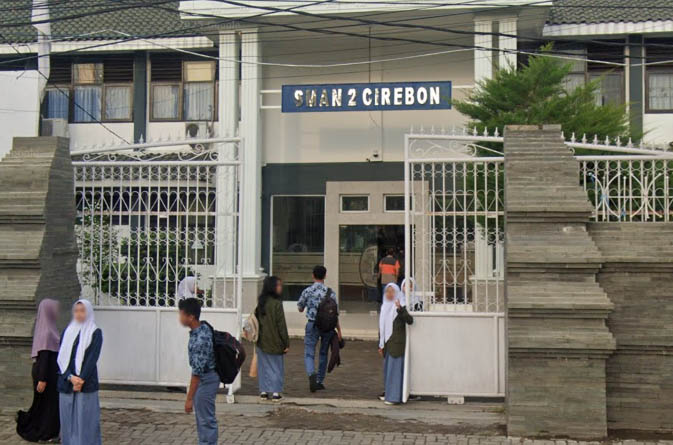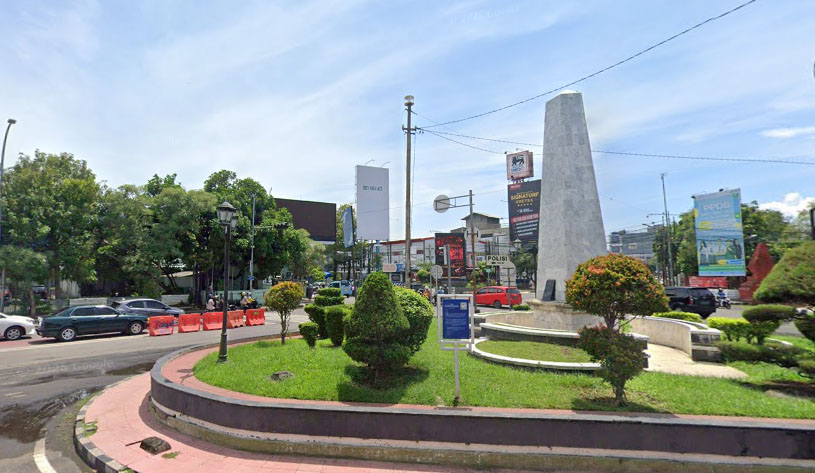TEMPO.CO, Jakarta - In a collaborative research supported by Indonesia's National Research and Innovation Agency (BRIN), University of Bengkulu, and the Rare Flower Care Community of Bengkulu, the existence of Rafflesia hasseltii, one of the rare flower species enriching Indonesia's biological wealth, was confirmed. The research, titled The First Regional Pan-Phylogeny for Rafflesia, aimed to reconstruct the phylogenetic relationships of all Rafflesia species.
"This activity is part of our efforts to understand the genetic relationship among Rafflesia species in Southeast Asia and ensure their conservation in their habitat," said a researcher at BRIN's Biosystematics and Evolution Research Center, Joko Ridho Witono, quoted from a written statement on Monday, November 24, 2025.
According to Joko, the research reaffirms Indonesia's position as the country with the highest diversity of Rafflesia in the world, alongside the Philippines. Currently, 16 species of these parasitic giant flowers are recorded in Indonesia, and the BRIN team has successfully collected 13 samples for DNA analysis.
Joko explained that, in this research, which began in early 2025, the BRIN team was responsible for collecting and analyzing samples in Indonesia. Meanwhile, other countries, such as Malaysia and the Philippines, conducted parallel research in their respective territories. "We ensure that no genetic material leaves Indonesia. All research processes are carried out legally and with permits," he added, noting that the research is funded by the University of Oxford Botanic Garden and Arboretum, as well as the RIIM Expedition Program from BRIN.
The discovery of Rafflesia hasseltii was one of the most significant moments of this research. The species was discovered during a survey of Bengkulu and West Sumatra by the BRIN team and their international partners. In the Sijunjung area of West Sumatra, the team successfully documented the blooming of Rafflesia hasseltii in a community-managed conservation area through the Nagari Forest Management Institution.
Joko explained that many Rafflesia populations are found growing outside of conservation areas. They are even found on community-owned land, such as in adjacent areas or within coffee and oil palm plantations. This, he said, emphasizes the importance of community-based conservation approaches. "Without proper education, the existence of Rafflesia could be threatened by human activities," he said.
He also mentioned an interesting phenomenon that occurred during field documentation. According to Joko, one member of the local community from the Rare Flower Care Community of Bengkulu couldn't contain their emotions when they first witnessed the blooming of Rafflesia hasseltii in its natural habitat. "The emotional expression video then went viral on social media and drew public attention to the importance of preserving these rare flora," he said.
The video in question was uploaded by the University of Oxford account. It mentions Rafflesia hasseltii as a plant species that tigers more often see than humans. The video captures Septian Riki and the rafflesia flower mentioned.
Joko explained that the research uses a whole genome sequencing (WGS) approach to map the Rafflesia genome, which could lead to the discovery of new species in the archipelago. Joko claimed that this method differs from previous Rafflesia DNA research, which only examined small gene fragments of 500-1500 base pairs. "In this research, we mapped millions of base pairs to get a complete picture of the Rafflesia genome," he said.
 Rafflesia arnoldii in Selamat Sudiharjo Village, Bermani Ulu Subdistrict, Rejang Lebong Regency, Bengkulu. Doc. BRIN Public Relations
Rafflesia arnoldii in Selamat Sudiharjo Village, Bermani Ulu Subdistrict, Rejang Lebong Regency, Bengkulu. Doc. BRIN Public Relations
However, he emphasized that the research faces significant challenges in the field. Rafflesia is a holoparasitic plant, and its flower only blooms for a few days. Moreover, some species are located in remote areas that are difficult to access. "Finding Rafflesia in a blooming or bud form is not easy. Accurate information from the local community is needed to ensure the research is not in vain," Joko added.
Joko also highlighted the importance of government and community support in preserving the Rafflesia habitat. He mentioned that at the end of this research activity, the research team coordinated by BRIN will draft a policy paper as a recommendation for the national rafflesia conservation strategy. "As a scientific authority, BRIN is responsible for providing a scientific basis for Indonesia's biodiversity preservation policies," he said.
Editor's Choice: 6 Rare Plants Found in Indonesia
Click here to get the latest news updates from Tempo on Google News


















































